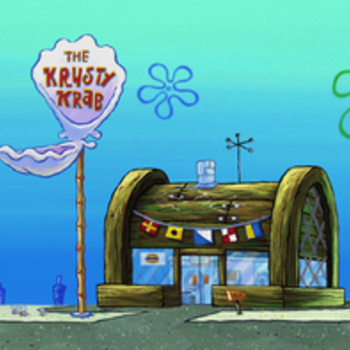What is the value of? 1/3÷4
3 Answers
Explanation:
What you do is the KCF method. Keep, Change, Flip. You would keep the
Explanation:
You can work it out using the usual fraction division process, or just through what is happening...
If you take one third and cut it in half ( same as dividing by
If you take
A nifty short cut: To divide a fraction in half, either halve the top (if it is even) or double the bottom:
In the same way: To divide a fraction by
This is why the 'turn upside down and multiply' works.
Explanation:
Write as
giving:
~~~~~~~~~~~~~~~~~~~~~~~~~~~~~~~~~~~~~~~~~~
A fraction structure is such that we have:
YOU CAN NOT
You have been applying this rule for years without realising it!
Consider the numbers: 1,2,3,4,5 and so on. Did you know that it mathematically correct to write them as:
~~~~~~~~~~~~~~~~~~~~~~~~~~~~~~~~~~~~~~~~~~~~~~~~
Consider the example
Turn upside down and change the sign to multiply
Note that:
Using the principle of being commutative swap the 4 and 2 round the other way giving:
Now split them up like this:
And compare to the original of
~~~~~~~~~~~~~~~~~~~~~~~~~~~~~~~~~~~~~~~~
So the
So by turning upside down' and multiplying you are applying a conversion and directly dividing the counts all at once.




